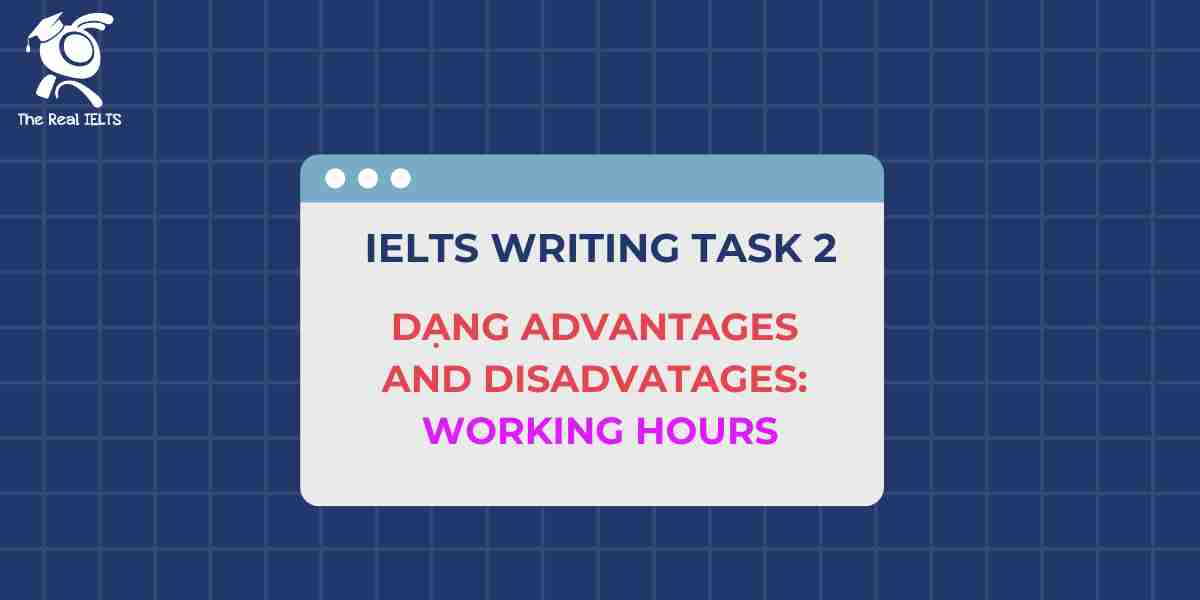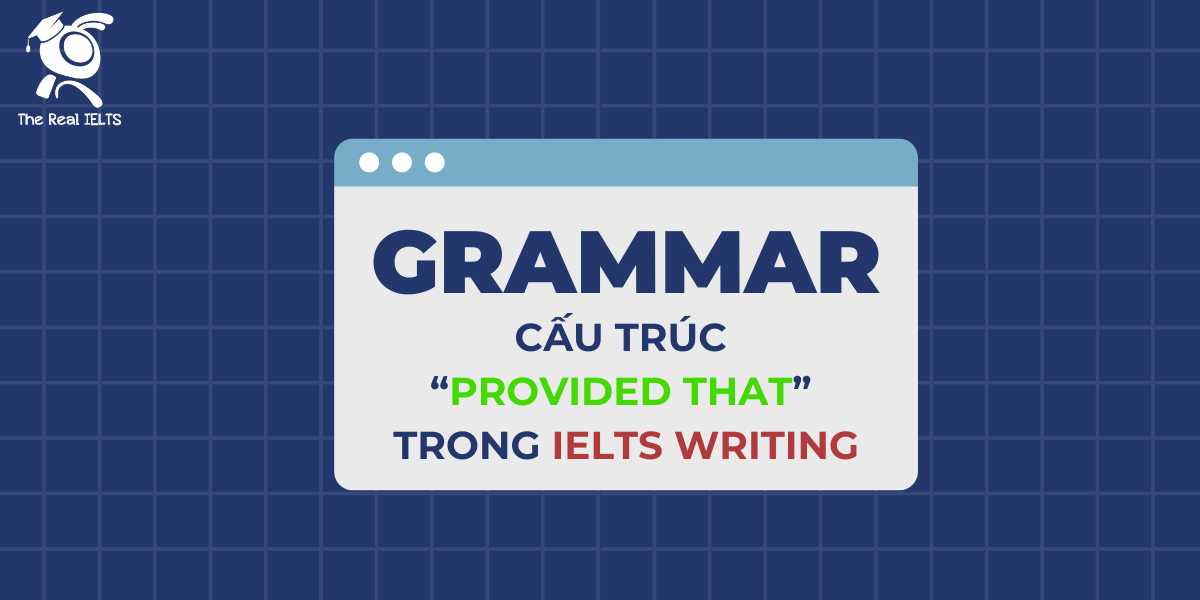Đề bài IELTS Writing task 2 dạng dạng Advantages and Disadvatages: Working Hours
You should spend about 40 minutes on this task
The trend towards flexible working hours. Do the advantages of this outweigh the disadvantages?
Write at least 250 words.
Bài mẫu IELTS Writing Task 2 dạng Advantages and Disadvatages: Working Hours
Introduction
In recent years, the trend towards flexible working hours has become increasingly popular across various industries. This shift has been driven by advancements in technology and changing employee expectations. While some believe that flexible working hours provide significant advantages for both employees and employers, others argue that it comes with notable disadvantages. In this essay, I will explore both the benefits and drawbacks of flexible working hours and argue that the advantages outweigh the disadvantages.
Body Paragraph 1 (Advantages)
One of the primary advantages of flexible working hours is the improved work-life balance it offers employees. With the ability to manage their own schedules, workers can better align their professional responsibilities with personal commitments, such as childcare or health appointments. This increased autonomy often leads to higher job satisfaction and reduces stress, ultimately resulting in greater productivity. For instance, a study conducted by the International Labour Organization found that employees with flexible working arrangements reported higher levels of happiness and efficiency compared to those with fixed schedules.
Another benefit is the reduced commuting time for employees who can work from home or choose non-peak hours. This not only saves time but also reduces commuting-related expenses and environmental impacts, such as lower carbon emissions from fewer vehicles on the road. Moreover, businesses can save on overhead costs by allowing employees to work remotely. For example, companies like Twitter and Shopify have reported significant cost savings by adopting flexible work policies.
Body Paragraph 2 (Disadvantages)
However, there are also disadvantages to flexible working hours. One major drawback is the potential for blurred boundaries between work and personal life. Without a clear separation, some employees may find it difficult to “switch off” from work, leading to longer working hours and burnout. This is particularly problematic for individuals who struggle with time management or self-discipline when working from home. A survey by the American Psychological Association found that employees working remotely often felt the pressure to be available outside of regular hours, which negatively impacted their mental health.
Another disadvantage is the potential for decreased collaboration and communication among team members. In a traditional office setting, employees can easily interact, share ideas, and solve problems in real-time. Flexible working hours, however, may result in team members working at different times, making it harder to coordinate projects or maintain a sense of camaraderie. For example, companies with employees working in various time zones often face delays in decision-making and difficulties in fostering team spirit.
Conclusion
In conclusion, while flexible working hours present certain disadvantages, such as blurred work-life boundaries and challenges in collaboration, the advantages, including improved work-life balance, increased productivity, and reduced commuting time, are more significant. Therefore, I believe that the benefits of flexible working hours outweigh the drawbacks, making it a positive trend for both employees and employers in the long run.
Thống kê cấu trúc câu và cấu trúc ngữ pháp
1. Cấu trúc câu:
- Câu đơn (Simple sentences): Câu có cấu trúc đơn giản, bao gồm một mệnh đề chính (subject + verb + object/adjunct).
- Ví dụ:
- “This shift has been driven by advancements in technology and changing employee expectations.”
- “Flexible working hours have become increasingly popular.”
- Ví dụ:
- Câu ghép (Compound sentences): Câu bao gồm hai hoặc nhiều mệnh đề độc lập, liên kết bằng các liên từ (and, but, or).
- Ví dụ:
- “This increased autonomy often leads to higher job satisfaction and reduces stress.”
- “Flexible working hours present certain disadvantages, but the advantages are more significant.”
- Ví dụ:
- Câu phức (Complex sentences): Câu có một mệnh đề chính và một hoặc nhiều mệnh đề phụ (dependent clause), sử dụng các liên từ phụ thuộc (because, although, when, if, etc.).
- Ví dụ:
- “Although flexible working hours may have drawbacks, the advantages outweigh the disadvantages.”
- “With the ability to manage their own schedules, workers can better align their professional responsibilities with personal commitments.”
- Ví dụ:
- Câu ghép phức (Compound-complex sentences): Câu có ít nhất hai mệnh đề độc lập và một hoặc nhiều mệnh đề phụ thuộc.
- Ví dụ:
- “While some believe that flexible working hours provide significant advantages for both employees and employers, others argue that it comes with notable disadvantages.”
- Ví dụ:
2. Cấu trúc ngữ pháp:
- Câu điều kiện (Conditional sentences):
- Ví dụ:
- “If employees can manage their time effectively, they can benefit from higher productivity.”
- Ví dụ:
- Mệnh đề quan hệ (Relative clauses):
- Ví dụ:
- “A study conducted by the International Labour Organization found that employees with flexible working arrangements reported higher levels of happiness.”
- “Companies like Twitter and Shopify, which adopted flexible work policies, have reported significant cost savings.”
- Ví dụ:
- Câu bị động (Passive voice):
- Ví dụ:
- “Flexible working hours have been driven by advancements in technology.”
- “This increased autonomy often leads to higher job satisfaction and reduces stress.”
- Ví dụ:
- Cấu trúc phân từ hiện tại (Present participle):
- Ví dụ:
- “Allowing employees to work remotely can save on overhead costs.”
- “Working remotely often leads to reduced collaboration.”
- Ví dụ:
- Cụm danh từ (Noun phrases):
- Ví dụ:
- “Improved work-life balance.”
- “Reduced commuting time for employees.”
- Ví dụ:
Các từ vựng tiếng Anh cần lưu ý trong bài viết
1. Từ vựng liên quan đến chủ đề “Flexible Working Hours”
- Flexible working hours: Giờ làm việc linh hoạt
- Ví dụ: “The trend towards flexible working hours has become increasingly popular.”
- Work-life balance: Sự cân bằng giữa công việc và cuộc sống
- Ví dụ: “Flexible working hours help employees achieve a better work-life balance.”
- Remote working: Làm việc từ xa
- Ví dụ: “Remote working reduces commuting time and allows employees to work from home.”
- Autonomy: Tự chủ
- Ví dụ: “This increased autonomy leads to higher job satisfaction.”
- Job satisfaction: Sự hài lòng trong công việc
- Ví dụ: “Employees with flexible schedules report higher levels of job satisfaction.”
- Productivity: Năng suất làm việc
- Ví dụ: “Flexible hours often result in greater productivity.”
- Overhead costs: Chi phí cố định (thuê văn phòng, thiết bị)
- Ví dụ: “Allowing employees to work remotely can reduce overhead costs for companies.”
- Time management: Quản lý thời gian
- Ví dụ: “Some employees struggle with time management when working from home.”
- Burnout: Kiệt sức
- Ví dụ: “Blurred boundaries between work and personal life can lead to burnout.”
2. Từ vựng miêu tả lợi ích (Advantages)
- Higher efficiency: Hiệu suất cao hơn
- Ví dụ: “Flexible working arrangements can lead to higher efficiency.”
- Reduce commuting time: Giảm thời gian di chuyển
- Ví dụ: “Flexible hours reduce commuting time for many employees.”
- Save on expenses: Tiết kiệm chi phí
- Ví dụ: “Working from home helps employees save on commuting expenses.”
- Environmental impact: Ảnh hưởng đến môi trường
- Ví dụ: “Fewer vehicles on the road contribute to a lower environmental impact.”
3. Từ vựng miêu tả bất lợi (Disadvantages)
- Blurred boundaries: Ranh giới mờ nhạt
- Ví dụ: “There is a risk of blurred boundaries between work and personal life.”
- Lack of collaboration: Thiếu sự hợp tác
- Ví dụ: “Flexible working hours can result in a lack of collaboration among team members.”
- Decreased communication: Giảm sự giao tiếp
- Ví dụ: “Decreased communication may occur when employees work in different time zones.”
- Team spirit: Tinh thần đồng đội
- Ví dụ: “Working at different times can affect team spirit and camaraderie.”
4. Cụm từ liên kết (Linking phrases)
- In recent years: Trong những năm gần đây
- Ví dụ: “In recent years, the trend towards flexible working hours has gained popularity.”
- For instance: Ví dụ
- Ví dụ: “For instance, companies that offer flexible hours report increased employee satisfaction.”
- However: Tuy nhiên
- Ví dụ: “However, there are some potential drawbacks to flexible working hours.”
- Moreover: Hơn nữa
- Ví dụ: “Moreover, businesses can save on overhead costs.”
- On the other hand: Mặt khác
- Ví dụ: “On the other hand, flexible hours can lead to communication difficulties.”
Đọc thêm về bài viết gợi ý luyện thi IELTS.















